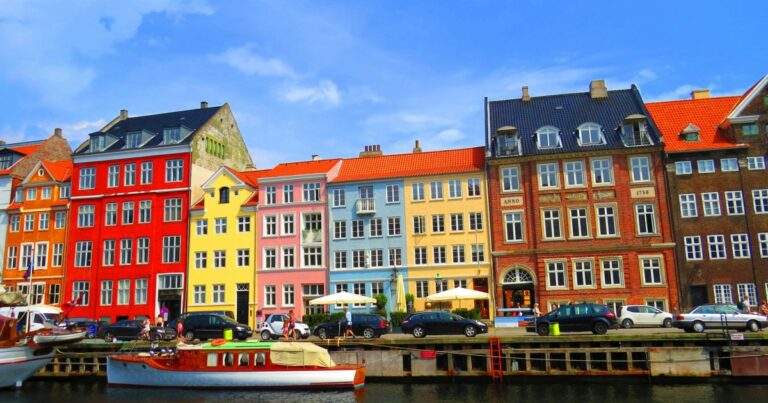This summer, Copenhagen will reward tourists who make sustainable choices. With the CopenhagenPay program, authorities are aiming to reduce tourism’s environmental impact on the city of 600,000 people. The program is certainly needed, with historic attractions such as Frederiksberg Palace and the Little Mermaid statue, and more than 12 million people booking rooms there last year.
There has also been a recent backlash against over-tourism across Europe, from locals shooting tourists with water pistols in Barcelona to protests in the Canary Islands. Copenhagen’s program isn’t aimed at reducing tourists, but it may make locals feel more comfortable. Here’s how Copenhagen is encouraging green tourism.
Green choices for cultural experiences: How Copenhagen rewards sustainable tourism
 Copenhagen, Denmark via Johan Mouchet, Unsplas
Copenhagen, Denmark via Johan Mouchet, Unsplas
CopenPay is a win-win for Copenhageners and tourists alike, providing tangible rewards for environmental action. Visitors can ride a bike, take part in a clean-up or simply show their train ticket and receive valuable cultural experiences in return.
Visitors arriving by public transport to the city’s heating plant can ski on the green rooftop pitch. Visitors can bring plastic waste to the National Gallery of Denmark, where it can be transformed into art in a free workshop. Other attractions include free guided museum tours, a vegetarian lunch made with locally grown produce, and kayak rentals.
The pilot project will run from July 15 to August 11. For more information, visit www.copenpay.com
Mikkel Aaro Hansen, CEO of Wonderful Copenhagen, sums up the program’s aims: “Making travel sustainable is our core challenge. And we can’t be successful unless we can close the huge gap between visitors’ desire to act sustainably and their actual actions. It may sound simple, but it’s not. We hope that visitors will make conscious environmentally friendly choices and have an even better experience during their visit.”
He added, “Thus, through CopenPay, we aim to encourage sustainable behaviour among travellers and at the same time enrich the cultural experience in our destinations. This is an experimental and small step towards creating a new mindset among travellers and is one of the many initiatives we are taking to make travel more sustainable.”

